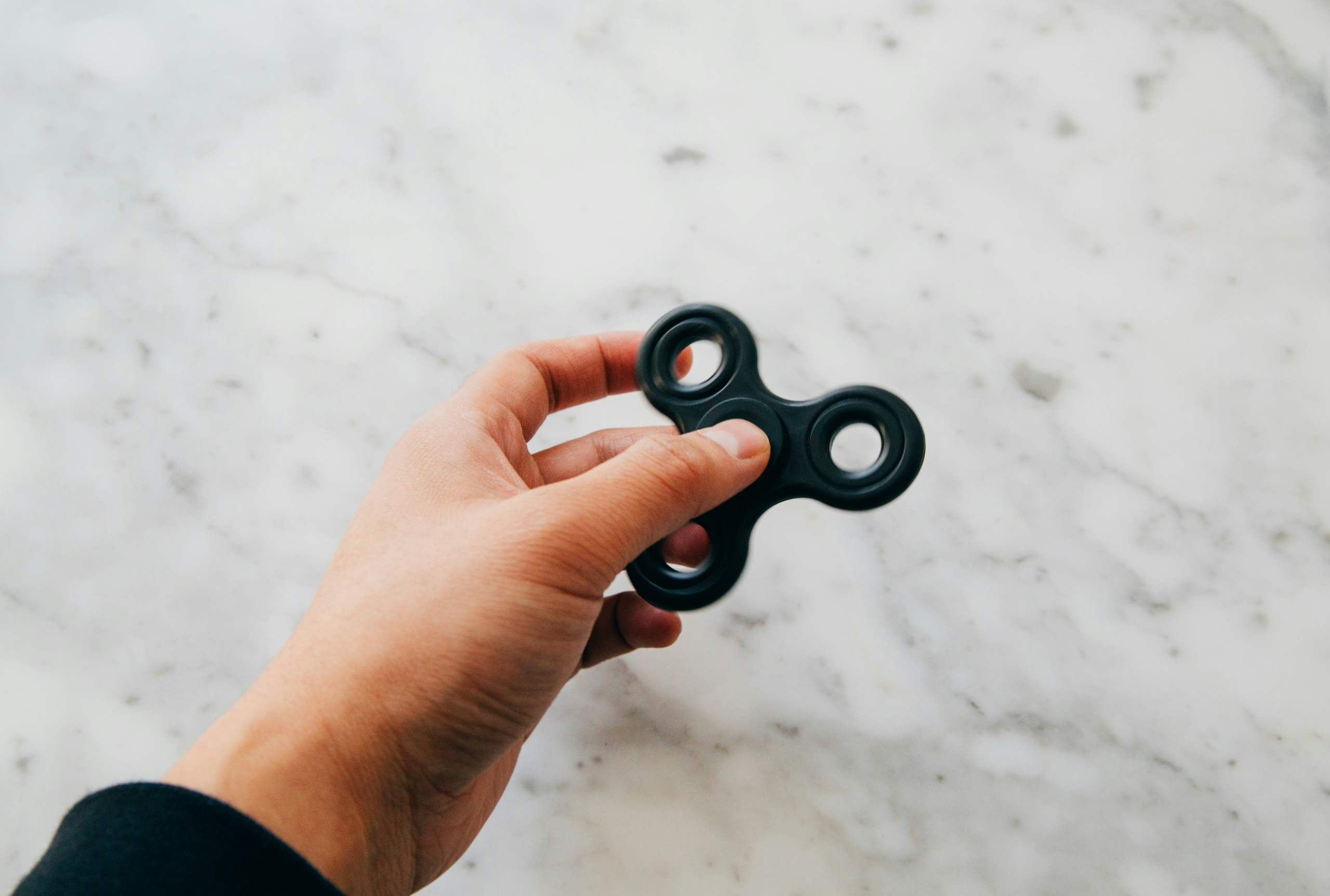The Top 10 Sensory Items Our Family Loves
My family is officially more neurodivergent than neurotypical, as proved by scientific data. It’s . . . a lot. We are a lot—a lot of good, and a lot of mess. I’m a person who likes to know all the things. So when we got the psych evaluations back confirming what I knew in my bones, and we had some unexpected but very welcomed funding to help with our new diagnosis, I went to town on sensory research.
Well, I say research. Much of that was comment sections and Amazon reviews. So, not so much peer-reviewed but certainly practical in our context. I wanted to share some of those links and also the why they are working for us. Not every sensory item is a good fit for every sensory-seeking/avoiding person. We have done a lot of trial and error. These are the ones that have stayed in rotation for more than a few months.
1. Weighted Blankets
My kids each have a weighted blanket that correlates to their body weight (which should be between 5 and 10 percent of your body weight). You can find them at Walmart for a reasonable price if you want to try one out to see how your person likes it. My kids all have minky fabric blankets that are soft and silky to the touch. These have the added benefit of a soothing texture that helps my kids, but some people really can’t stand any kind of microfiber texture so proceed at your own risk.
They come in a variety of patterns and colors. Some people don’t like them to sleep with, but they are very happy to sit with one on their lap to watch TV or do homework.
I don’t understand the why behind it besides it providing a constant pressure that can help soothe a person with sensory issues. I just know it works well for us.
2. Weighted Plushies
In a similar category, but in my opinion more fun, are weighted plush animals. We recently adopted Sydney the Sloth—I love him. It’s irrational and silly, but I saw this guy and had to bring him home. He’s soft and squishy and lovely to touch. My kids have been trying to steal him for a week now (they don’t know they are getting their own for Christmas this year.
Warmies double as microwavable heat packs. They can also be a great option for people with muscle pain.
3. Quiet Fidget Toys
Look, I like popping air bubbles as much as anyone, but the quickest way to drive me up a wall is a repetitive noise. Death, thy name is clicky pen. So, the popper toys that are all the rage right now are just a big fat no for me. However, my kids are big on squishy things (which has saved all of our lives when it comes to auditory overload).
My kids enjoy these stretchy noodles which are super fun and don’t make any noise.
4. Sensory Chew Necklaces
Chewable necklaces are fantastic if you or your kiddo have any oral stims. My middle daughter has one shaped like a hedgehog and it’s her favorite. The silicone is nearly indestructible and the soothing they get out of it is fantastic. It’s saved a great number of pencils, pens, and shirt collars from destruction.
5. Silk Pillowcases
Silk pillowcases serve a few purposes here. They keep my curly girl’s hair from getting too tangled or broken, which saves us a lot in detangling and hair brushing (which is a sensory overload nightmare). They’re also nice to touch (which can help soothe a restless sleeper).
6. Exercise Orbs
Yoga balls make for excellent seating for a person who struggles to sit still. Homework, television, book reading, and actual yoga have been performed in our house on these things. The half yoga balls are good for this as well without less risk of it rolling out from under a person. I’d get the cheaper ones since they are easier to replace if someone gets it in their mind to stab a pencil through it for no reason besides they wanted to see if they could.
7. Balance Boards
Balance/wobble boards serve a similar purpose as the yoga balls. It’s a way for a wiggly person to get the wiggles out while still attending what they are supposed to be. I use mine at a standing desk sometimes. My youngest watches TV while using it and sometimes plays video games too.
8. Skin Brush
Make it make sense, y’all. These things seem like they should do, at worst, nothing, and, at best, maybe feel weird. It is one of the most relaxing, absurd things. I don’t understand they why behind it, but it’s a therapy brush that is used a lot in occupational therapy to desensitize over-sensitive skin. I don’t get it, but I like it all the same. Get a few because you probably shouldn’t share and your kids will try and steal yours.
9. Sensory Chairs
Spinning Seats make me dizzy and nauseated, but my kids love them. A friend gave us one that the kids would use every morning before school to help them feel focused or centered. I have no idea, but it worked for them. As they get older, it is less of a thing they crave, but still they sometimes want to spin around and around.
10. Hammocks
Hammocks are a special kind of perfect for a few of us here. The pressure and solitude, the swinging motion—there’s just something about swinging in a hammock that makes me indescribably happy and grounded. My youngest is also especially enamored. I’ve had to replace several hammocks because of rowdy swinging, so I suggest getting one specifically for sensory seekers.








